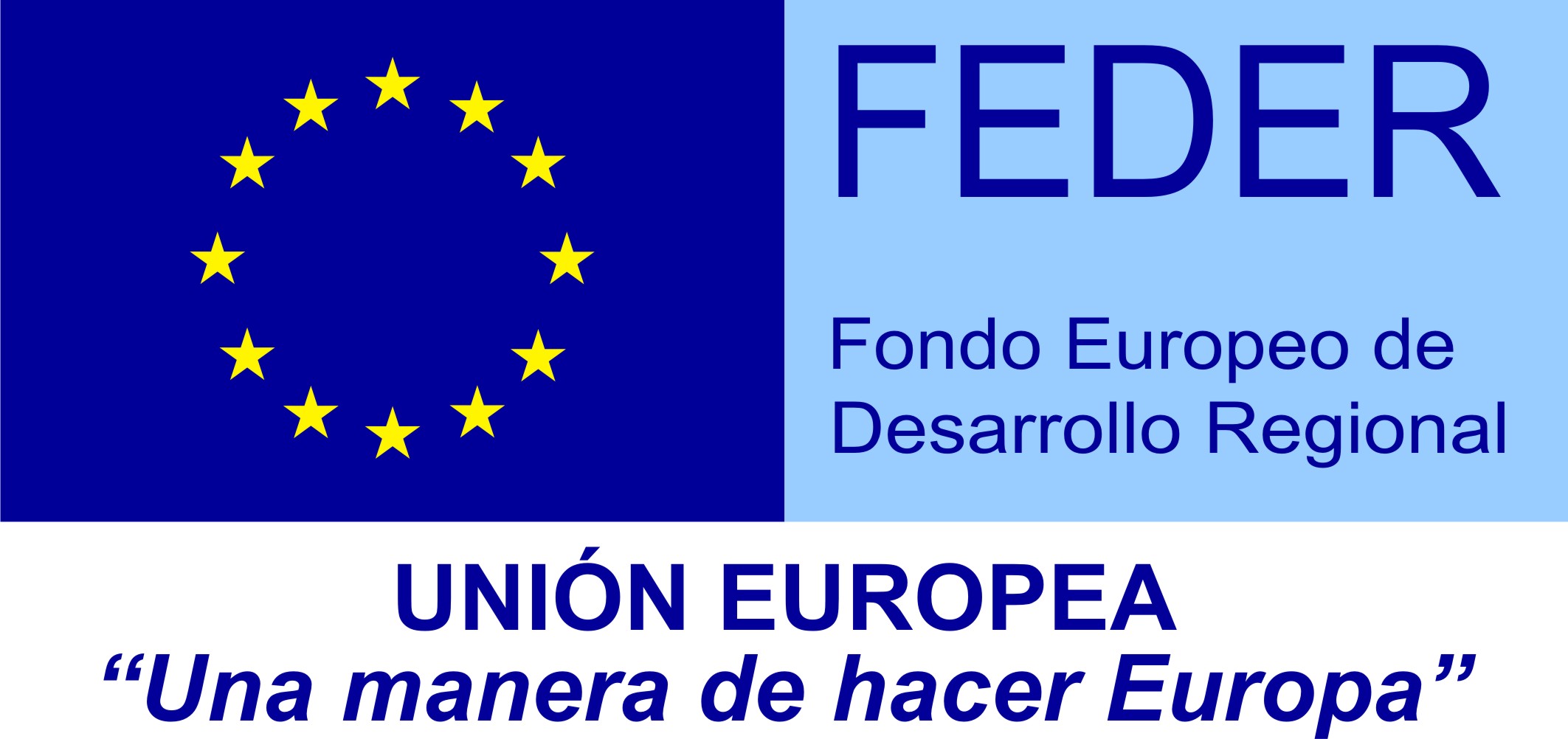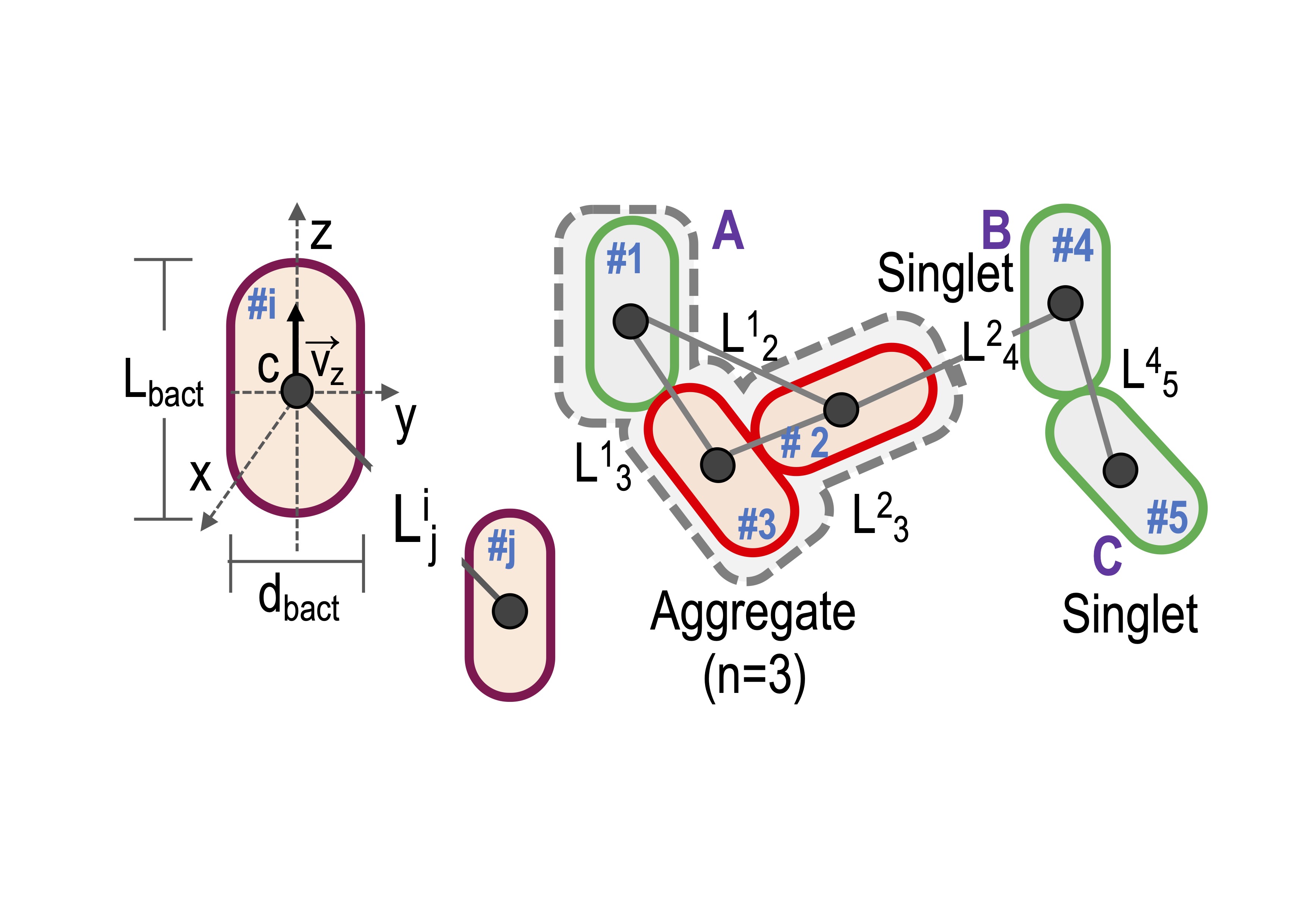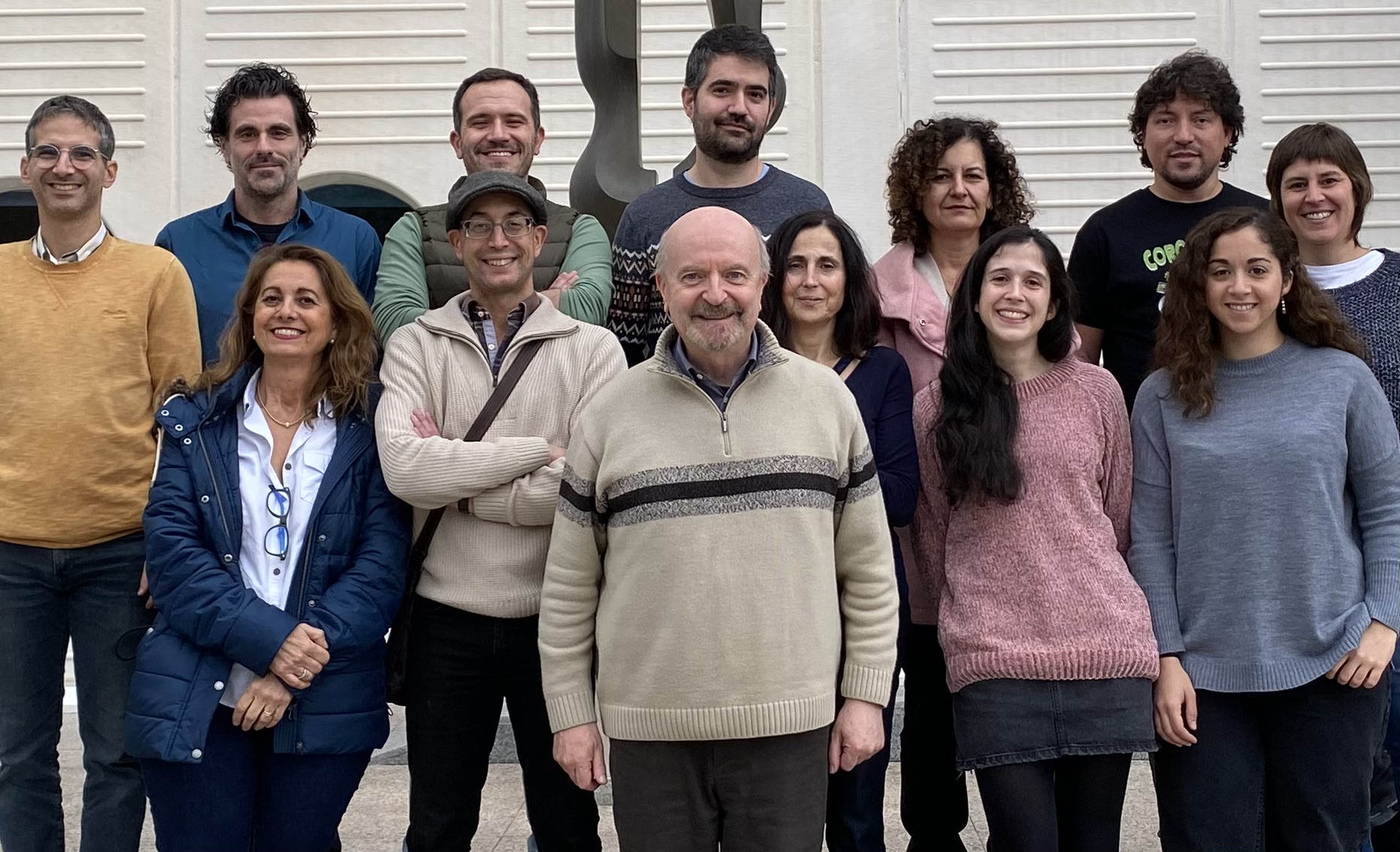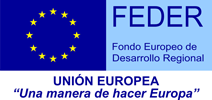Victor de Lorenzo
Group Leader
Research summary
Our laboratory is committed to understanding how bacteria that inhabit natural niches sense and process multiple environmental signals into distinct responses –both at the level of single cells and as a community. Unlike laboratory settings, in which growth conditions can be controlled and changed one at a time, bacteria in the environment must perpetually make decisions between activating metabolic genes for available, frequently mixed C-sources and those for escaping or adapting to physicochemical stress.
Publications
Aparicio T, Silbert J, Cepeda S Lorenzo V. Propagation of recombinant genes through complex microbiomes with synthetic mini-RP4 plasmid vectors. BioDesign Res 2022, 2022 ID: 9850305
Velázquez E, Álvarez B, Fernández LA, de Lorenzo V. Hypermutation of specific genomic loci of Pseudomonas putida for continuous evolution of target genes. Microb Biotechnol 2022 15(9):2309-2323
Kim J, Silva-Rocha R, de Lorenzo V. Picking the right metaphors for addressing microbial systems: economic theory helps understanding biological complexity. Int Microbiol. 2021 Nov;24(4):507-519.
Espeso DR, Dvořák P, Aparicio T, de Lorenzo V. An automated DIY framework for experimental evolution of Pseudomonas putida. Microb Biotechnol. 2021 Nov;14(6):2679-2685.
Velázquez E, Al-Ramahi Y, Tellechea-Luzardo J, Krasnogor N, de Lorenzo V. Targetron-Assisted Delivery of Exogenous DNA Sequences into Pseudomonas putida through CRISPR-Aided Counterselection ACS Synth Biol. 2021 Oct 15;10(10):2552-2565.
Al-Ramahi Y, Nyerges A, Margolles Y, Cerdán L, Ferenc G, Pál C, Fernández LÁ, de Lorenzo V. ssDNA recombineering boosts in vivo evolution of nanobodies displayed on bacterial surfaces. Commun Biol. 2021 Oct 7;4(1):1169.
Tas H, Grozinger L, Goñi-Moreno A, de Lorenzo V. Automated design and implementation of a NOR gate in Pseudomonas putida Synth Biol (Oxf). 2021 Sep 1;6(1):ysab024.
Funding


RTI2018-095584-B-C42. Programación genética de Pseudomonas putida para una eficacia catalítica sostenida a través de la escala de disponibilidad de agua.
The longstanding mission our team is the production of biological agents for biosensing, large-scale remediation and valorisation of chemical waste that is otherwise dumped into the Environment by urban and industrial activities. The workhorse to this end is the soil bacterium Pseudomonas putida, which combines the ease of genetic programming that is typical of Escherichia coli with the safety, robustness and metabolic capabilities required in whole-cell catalysts for applications in harsh biotechnological settings.

Specific activities include:
[i] Development of P. putida as a reliable chassis for implantation of genetic and metabolic circuits. This involves a profound editing of the extant genome of this microorganism for enhancing desirable properties and eliminating drawbacks. Also, the exploitation of surface-display systems for designing complex catalytic properties altogether separated from the cell metabolism and even the design of artificial communities by means of ectopic adhesins.
[ii] Genetic tools for deep refactoring of metabolic properties of P. putida. The list of new assets that we are developing includes a large collection of standardized plasmid and transposon vectors as well as dedicated reporter systems for parameterization of the gene expression flow and for switching entire metabolic regimes.
[iii] The TOL system borne by plasmid pWW0 as a natural example of well-nested metabolic circuit implantation. The two operons for toluene and m-xylene biodegradation encoded in pWW0 offer a case of expansion of the metabolic repertoire of environmental bacteria through acquisition of new genes.
[iv] Deep metabolic engineering of P. putida. Currents efforts attempt to develop strains that can be entirely programmed to deliver catalytic phenotypes of choice upon exposure and computation of both external and internal cues. This endeavour combines direct rational engineering with fine-tuning of gene expression by means of site-specific diversification of genomic sequences of choice through adaptation to P. putida of high-efficacy genome engineering technology








